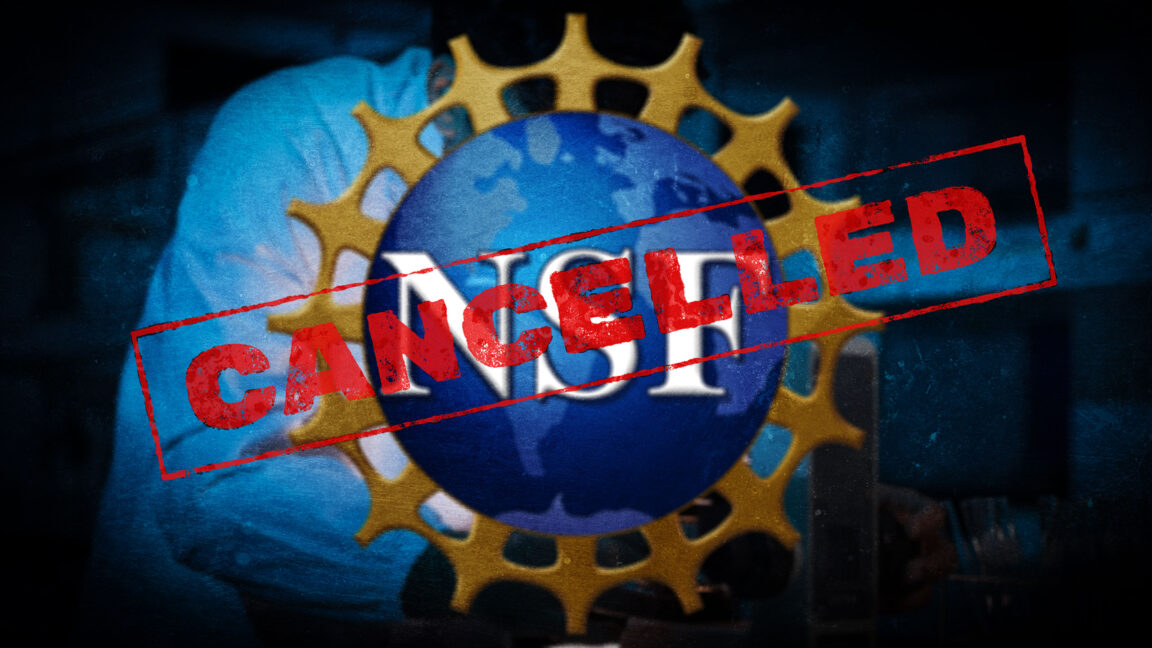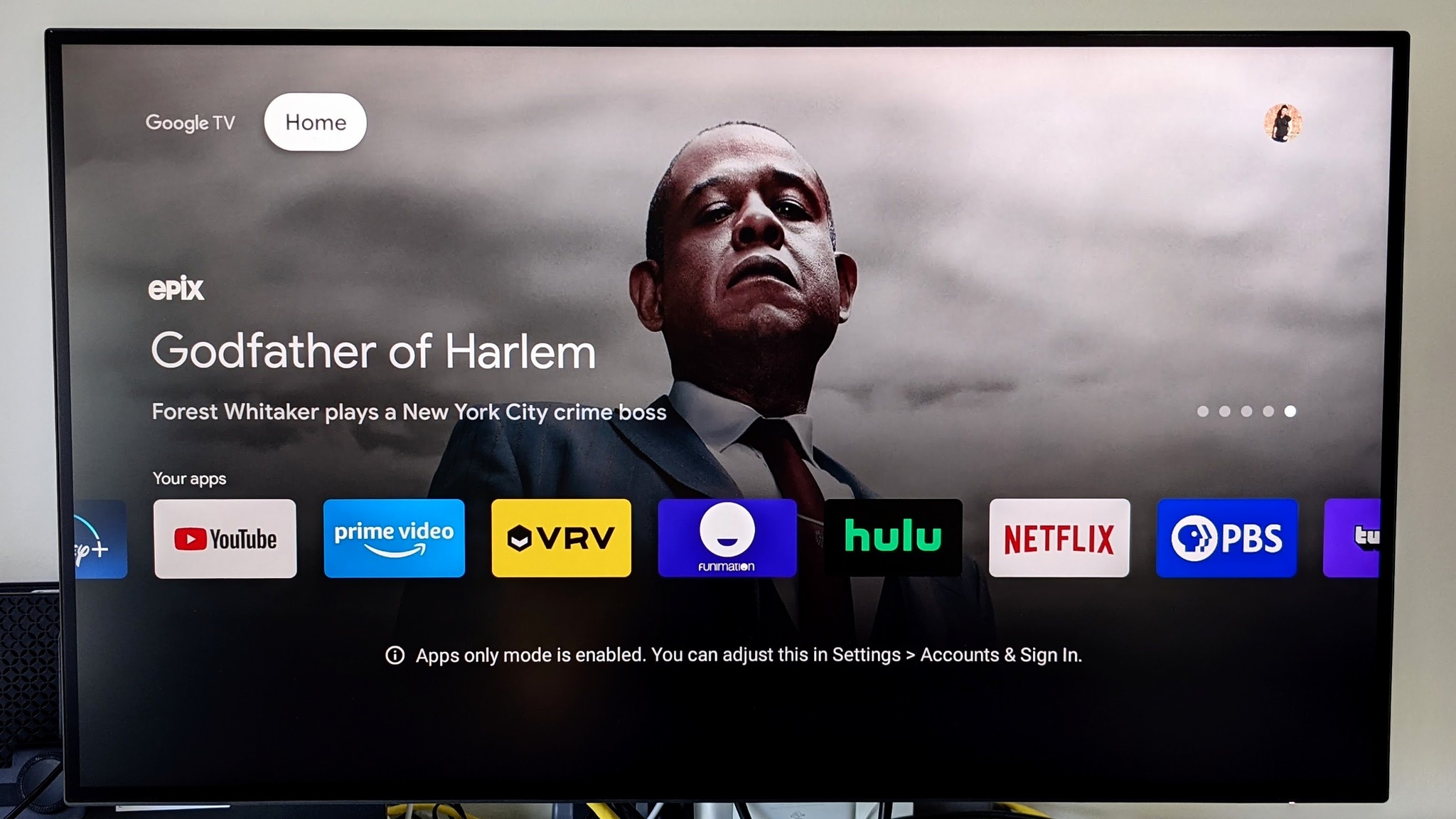Navigating Data Privacy Regulations – CISO Resource Guide
In an era where data breaches cost businesses an average of $4.45 million per incident, chief information security officers (CISOs) face mounting pressure to balance regulatory compliance with robust cybersecurity strategies. Over 80% of countries now have data protection laws, including the EU’s General Data Protection Regulation (GDPR), California’s Consumer Privacy Act (CCPA), and India’s […] The post Navigating Data Privacy Regulations – CISO Resource Guide appeared first on Cyber Security News.

In an era where data breaches cost businesses an average of $4.45 million per incident, chief information security officers (CISOs) face mounting pressure to balance regulatory compliance with robust cybersecurity strategies.
Over 80% of countries now have data protection laws, including the EU’s General Data Protection Regulation (GDPR), California’s Consumer Privacy Act (CCPA), and India’s Digital Personal Data Protection Act (DPDPA).
Non-compliance risks fines exceeding 4% of global revenue, legal action, and irreversible reputational harm.
Navigating this complex landscape requires technical expertise, strategic governance, and leadership to align privacy frameworks with organizational resilience.
This guide explores critical steps for CISOs to mitigate risks while fostering trust in an evolving regulatory environment.
The Expanding Scope of Data Privacy Regulations
Data privacy laws are no longer confined to specific industries or regions. Modern regulations mandate stringent controls over personal data collection, storage, and processing, requiring CISOs to adopt a proactive, globally aware approach.
For instance, GDPR applies to any organization handling EU residents’ data, while India’s DPDPA imposes strict consent and breach reporting requirements.
The rise of “significant data fiduciaries” (SDFs) entities processing large data volumes demands additional safeguards like mandatory audits and dedicated data protection officers.
CISOs must also address conflicting jurisdictional requirements, such as cross-border data transfer restrictions, which complicate cloud storage and third-party vendor management.
Failure to adapt risks penalties, but overcompliance can stifle innovation. The key lies in building agile frameworks that prioritize data minimization, purpose limitation, and transparency.
Strategic Imperatives for Compliance-Driven Security
- Implement Data Minimization and Purpose Limitation
Collecting only essential data reduces exposure to breaches and regulatory scrutiny. For example, GDPR’s “minimum necessary” principle limits data to predefined purposes. CISOs should audit existing datasets, eliminating redundant or outdated information while enforcing strict access controls. - Strengthen Consent Management and Transparency
Explicit user consent is foundational to GDPR, CCPA, and DPDPA. Deploy centralized consent management platforms to track preferences and ensure clear disclosure of data usage. Transparent privacy policies, written in plain language, build stakeholder trust and reduce legal risks. - Optimize Incident Response for Timely Breach Reporting
GDPR’s 72-hour breach notification window requires CISOs to streamline detection, assessment, and reporting workflows. Conduct regular simulations to refine incident playbooks and ensure coordination between IT, legal, and communications teams. Automated tools like security orchestration (SOAR) can accelerate response times. - Conduct Regular Risk Assessments and Audits
Proactive risk evaluations identify gaps in encryption, access controls, and third-party vendor compliance. To maintain accountability, align audit frequency with regulatory updates—for example, DPDPA’s mandatory audits for SDFs. - Invest in Continuous Employee Training
Human error causes 95% of breaches. Regular workshops on phishing prevention, data handling, and regulatory changes cultivate a security-first culture. Role-based training for developers, HR, and executives ensures organization-wide compliance.
Fostering a Culture of Privacy and Security
Technical controls alone cannot guarantee compliance for CISOs. Leadership must champion a cultural shift where privacy is integral to operational integrity.
Start by aligning data protection goals with executive priorities and securing board-level buy-in for resource allocation. Embed privacy-by-design principles into product development, requiring teams to conduct impact assessments for new initiatives.
Transparency with stakeholders is non-negotiable. Proactively communicate data practices through user-friendly dashboards and opt-in mechanisms. For instance, provide customers real-time access to their data, enabling easy requests for correction or deletion as GDPR mandates. Internally, establish clear accountability frameworks, tying compliance metrics to performance reviews.
Continuous improvement separates compliant organizations from resilient ones. Monitor regulatory developments through dedicated legal advisories and industry forums. Adopt adaptive technologies like AI-driven compliance tools to automate policy updates and monitoring. Forge partnerships with peers to share best practices, particularly in emerging areas like generative AI governance.
By integrating regulatory compliance with strategic leadership, CISOs can transform data privacy from a legal obligation into a competitive differentiator. The future belongs to organizations that prioritize trust as fiercely as innovation.
Find this News Interesting! Follow us on Google News, LinkedIn, & X to Get Instant Updates!
The post Navigating Data Privacy Regulations – CISO Resource Guide appeared first on Cyber Security News.







































































































































































![[The AI Show Episode 145]: OpenAI Releases o3 and o4-mini, AI Is Causing “Quiet Layoffs,” Executive Order on Youth AI Education & GPT-4o’s Controversial Update](https://www.marketingaiinstitute.com/hubfs/ep%20145%20cover.png)

































































































































![From Art School Drop-out to Microsoft Engineer with Shashi Lo [Podcast #170]](https://cdn.hashnode.com/res/hashnode/image/upload/v1746203291209/439bf16b-c820-4fe8-b69e-94d80533b2df.png?#)








































































































(1).jpg?#)






























_Inge_Johnsson-Alamy.jpg?width=1280&auto=webp&quality=80&disable=upscale#)













































































































![Apple Developing AI 'Vibe-Coding' Assistant for Xcode With Anthropic [Report]](https://www.iclarified.com/images/news/97200/97200/97200-640.jpg)
![Apple's New Ads Spotlight Apple Watch for Kids [Video]](https://www.iclarified.com/images/news/97197/97197/97197-640.jpg)









































































![[Weekly funding roundup April 26-May 2] VC inflow continues to remain downcast](https://images.yourstory.com/cs/2/220356402d6d11e9aa979329348d4c3e/WeeklyFundingRoundupNewLogo1-1739546168054.jpg)


























